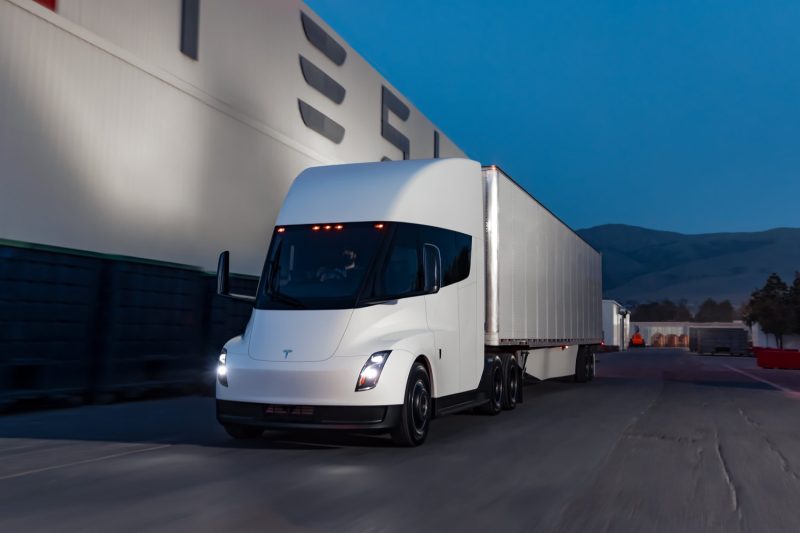In an astonishing event, the Tesla Semi, an all-electric battery-powered Class 8 semi-truck prototype introduced by Tesla, Inc., caught fire in California, leading to a vast emergency response. Due to the vehicle’s battery size and ferocity of the blaze, the fire required an astonishing 50,000 gallons of water in order for firefighters to effectively quench the flames in a prolonged struggle against adversity.
Under normal circumstances, a vehicle fire might require a few hundred to a couple of thousand gallons of water to extinguish. However, the Tesla Semi truck’s fire was not a usual event due to the huge size of the vehicle’s lithium-ion battery pack. These batteries store enormous amounts of energy, and if damaged or heated, they can lead to a phenomenon known as “thermal runaway,” resulting in a self-sustaining fire that can be particularly difficult to extinguish.
Confronted by this unusual and strenuous situation, the firefighters were fortunate to have access to a substantial water supply. It took a staggering 50,000 gallons of water, an amount which might typically be used to douse a house fully engulfed in flames. In stark contrast to a conventional diesel semi-truck fire, the efforts to darken this blaze were stretched out over several hours, highlighting the challenges faced by emergency responders in dealing with electric vehicle fires.
The local fire department’s encounter with this Tesla Semi fire lays bare the sometimes-complicated relationship between green technology and emergency response. The aim of Tesla’s Semi, like other electric vehicles, is to reduce greenhouse gas emissions and alleviate our reliance on fossil fuels. But these admirable objectives bring with them new safety considerations, particularly concerning the vehicles’ large and powerful lithium-ion batteries.
These batteries, which enable electric vehicles to attain fast acceleration and impressive ranges, can pose unique risks in the event of a collision or other damage. Notably, battery fires can burn at extremely high temperatures and, once ignited, are notoriously difficult to put out. They can even reignite hours or days after the flames have been initially extinguished, making them especially troublesome for firefighting crews.
Furthermore, the incident has also raised issues regarding water consumption in such events. A key consequence of the fire was the enormous volume of water needed to extinguish it – roughly equivalent to what an average family in the United States uses over an entire year. This consumption, when viewed in light of California’s ongoing water shortage problems, prompts questions about the sustainability of responses to such incidents.
The Tesla Semi fire thus highlights a spectrum of critical issues encompassing safety, emergency response, and environmental impact that will need to be addressed as electric vehicles become increasingly commonplace on our roads. To this end, more research is needed into technologies and methods of safely and quickly extinguishing battery fires. Future solutions may involve improved battery design, the use of special firefighting foams or powders, or even the development of advanced fire-suppression systems installed directly into the vehicles themselves.
Finally, though this was a challenging occurrence for all parties involved, it was also the source of valuable learning experiences. The encounter will inform fire and rescue services in their future interactions with electric vehicles, ensuring they can respond effectively and safely.




